Critical Thinking Skills for Today's Problem Solvers
Length:
In-person classes – 2 days / Virtual (Live online) – 4 sessions
Overview:
To foster decision making, creativity and innovation, it is essential to be a critical thinker. Critical thinkers understand the big picture (systems thinking) as well as the details. They bring system thinking, logical thinking and creative thinking to bear on any situation. They question information, conclusions and points of view. They strive to be clear, precise and relevant. They seek to think beneath the surface, to be logical and fair. This course provides a practical framework for understanding critical thinking and provides strategies for developing critical thinking in all business and technical arenas.
WHY TAKE THIS COURSE
- Learn a practical guide for developing solid critical thinking skills.
- Guide your organization to solve the right problems and address the right business needs.
- Help prevent unwarranted and potentially wasteful projects from getting initiated.
- Function as a trusted advisor to your business.
- The small-class environment, practical exercises, and realistic scenarios keep you engaged and aid in your retention and learning.
- Practice what you learn in a safe environment so you walk away with skills that you can immediately apply on the job.
Pre-requisites: None
Skill Level: Basic
Audience:
Business analysts, project managers, managers, leaders, consultants and anyone who needs the skills to understand the essence of critical thinking concepts.
PDUs/CDUs: 14 CEUs: 1.4
Format:
To help assimilate the tools and techniques learned, there is a mixture of individual and group exercises throughout the course. Students need to be prepared for a high level of participation. Each participant receives a comprehensive student guide complete with examples and workshop solutions.
WHAT YOU’LL RECEIVE
Both our Traditional and Virtual classes use the same materials.
- A personal “thinking styles” report that identifies your preferred thinking style as well as areas you might improve upon.
- Comprehensive study guide with PowerPoint slides and detailed notes to serve as both an in-class guide and on-the-job reference.
- Activities to apply the skills to reflect real life situations.
- Class discussions and exercises to reinforce the information presented.
Objectives:
- Describe the purpose and benefits of Critical Thinking.
- Understand and practice various system thinking techniques.
- Describe and utilize the components of intellectual standards for evaluating reasoning.
- Understand and practice various creative thinking techniques.
- Understand how critical thinking and problem solving go hand in hand.
Content:
Thinking about Thinking?
- Definitions
- Thinking & the brain
- Thinking vs critical thinking
- Critical thinking model
- Benefits of Critical Thinking
- Barriers to critical thinking
- Exercise: Force Field Analysis
- Critical reflection
- Exercise: Critical reflection
- Review: Thinking styles report
Systems Thinking
- Definitions
- Examples of systems
- Benefits of systems thinking
- System thinking techniques & exercises
- Environmental scans
- SWOT analysis
- Identify patterns
- Systems diagram
(Logical) Critical Thinking
- Critical vs analytical vs logical reasoning
- Fallacies in thinking
- Exercise: Identify logic fallacies
- (Logical) Critical Thinking Model
- Critical thinking standards
- Exercise: KWIC
- Exercise: Fairness
- Exercise: Apply critical thinking standards
- 8 Elements of Thought Matrix
- Exercise: Identify various points of view
- Exercise: Inference vs assumption
- Exercise: Apply the 8 elements of thought
Creative Thinking
- Definitions
- Creativity vs innovation
- Exercise: Identify characteristics of creative people
- 4 stage creative process
- Creativity blocks
- Exercise: getting past creativity blocks
- Creativity techniques
- Exercise: Creative technique
- Exercise: Mindmap
Thinking & Problem Solving
- Definitions
- Traditional Problem Solving Approach
- Appreciative Inquiry Approach
- Exercise: Create a problem solving plan
APPENDIX
- Appendix
- Bibliography
NOTE: This outline is subject to change.
